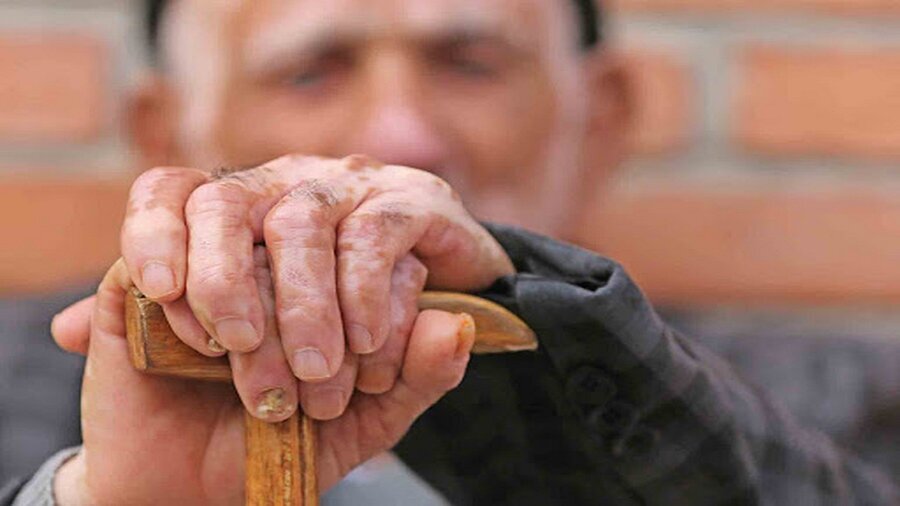Elderly’s share of national budget up 5-fold

TEHRAN – A total of 500 billion rials (about $1.8 million) has been proposed for the implementation of the National Document for the Elderly in the next year’s budget bill (March 2022-March 2023), which represents a fivefold increase.
The growth of the aging population is one of the major challenges that the country will face in the coming decades; For this reason, there should be programs in all provinces to improve the health, physical, social and economic conditions of the elderly.
The elderly population in Iran is increasing rapidly as there were 7.46 million senior citizens in the [Iranian calendar] year 1395 (March 2015-March 2016), which has now reached 8.8 million, IRNA reported on Saturday.
Over the last 5 decades, the elderly’s population has increased from about 5 to 10 percent, and it is predicted that this rate will triple in the next 50 years.
It is predicted that the elderly population will triple in the next 50 years. The National Document for the Elderly thoroughly focusses on various aspects of the elderly’s lives by meeting six prime objectives of income and livelihood, health, training and employment, and building an empowering environment, promoting the cultural level of society in the field of aging, and developing the infrastructure required for aging, he explained.
According to this document, it is necessary to see the duties of the devices in relation to aging in future budgets.
For implementing the National Elderly Document, at least a hundredfold increase in the aging budget is required, Hesamoddin Allameh, head of the secretariat of the National Council of the Elderly, said.
The document will be implemented in three areas of health, welfare, and support, but we do not yet have comprehensive plans and full support coverage in this area, he lamented.
Referring to a fivefold increase in the National Document for the Elderly, he stated that in the next year’s budget bill, a sum of 500 billion rials (about 1.8 million) has been proposed.
Aging Iran
From 1976 until today, Iran was a very young population with an average age of 22 years, while it has reached an average population of 32 years, which means that the country got 10 years older.
The United Nations forecast for 2050 shows that four regions of North America, Western Europe, Southeast Asia (Iran), and Oceania (New Zealand) will have older people over 30 percent, which is different from Western countries in this area.
In a period of 5 years, about 16 percent has been added to the country's elderly.
The country's population growth is less than 1.7 percent, while the growth of the elderly is 3 percent.
The aging population is 4 times the growth of the population. If the situation continues like this, we will reach a point where the proportion of the productive population, i.e. between 15 and 65 years old, will be very low.
The decline in the marriage rate, followed by a dramatic decrease in childbearing, has sounded the alarm of the aging population, an issue that has forced government officials to enact legislation to support the population growth and the youth.
Challenges brought by aging phenomena
Saleh Ghasemi, a demographer, referring to the consequences of aging, stressed that all responsible institutions and organizations should be ready to deal with premature aging in Iran.
In the face of this crisis, the responsible organizations must think of a solution for the labor force, as some Western countries have been forced to accept immigrants due to labor shortages, he highlighted.
He went on to note that with the arrival of immigrants in the country, the culture of families and the level of social employment will be affected.
Stating that the elderly need the most services and infrastructure in terms of social, economic, and health services, he said that it also threatens the country’s security, and the elderly population growth needs more welfare and social institutions, which affects the policies and capacities of the country.
If the trend continues, a huge amount of funds is needed to provide the population with insurance pension and two related organizations will be bankrupt, he lamented, adding that serious planning is needed to deal with the crisis.
FB/MG
